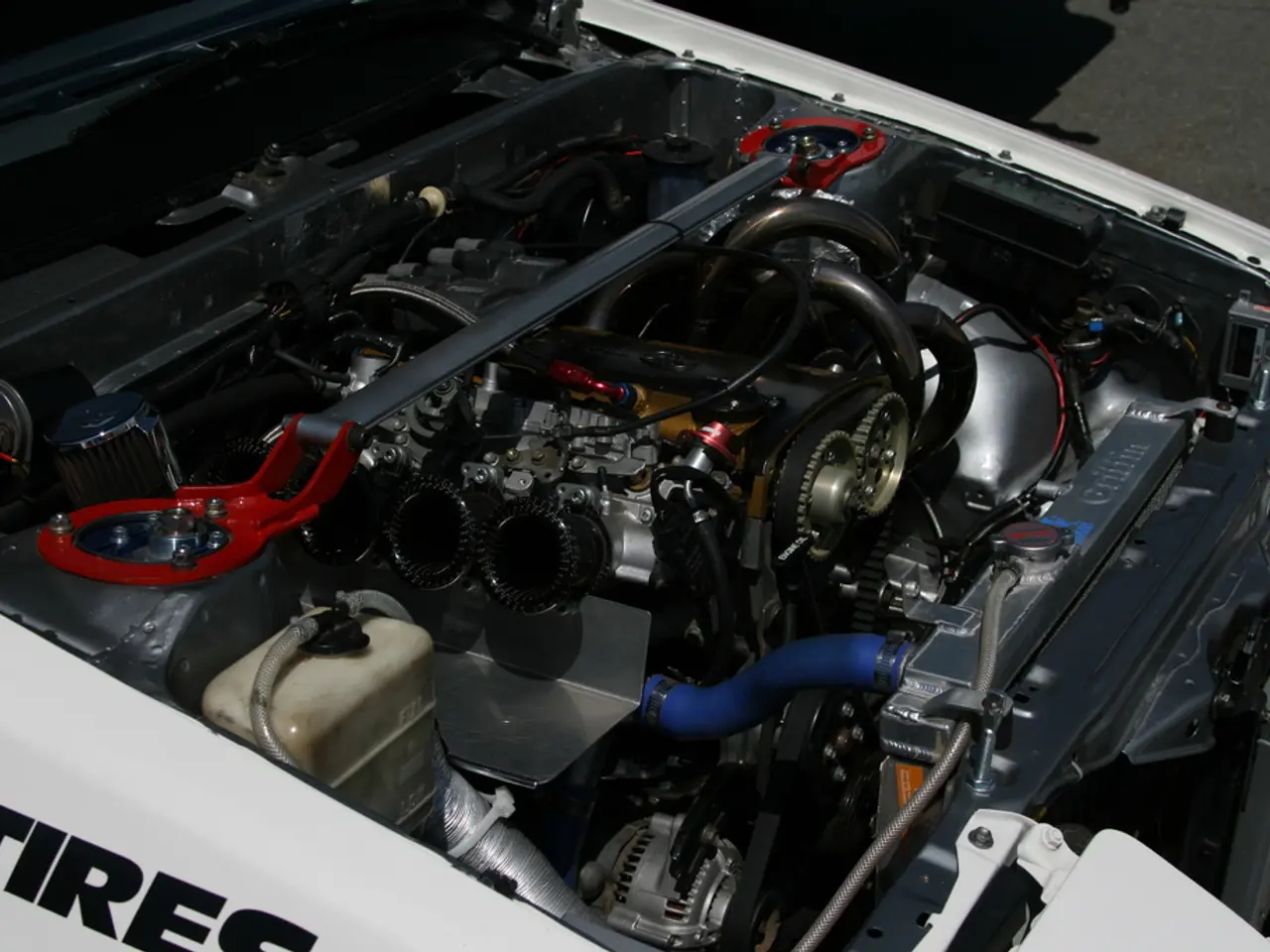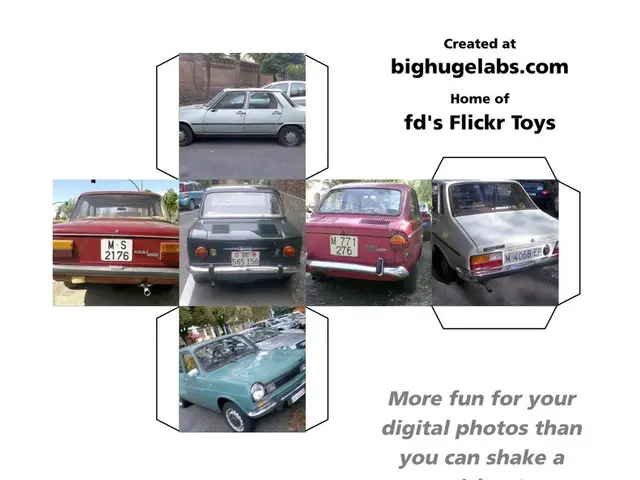Electric vehicle battery market experiences a significant 54% growth during the first half of 2023, with Contemporary Amperex Technology Co. Limited (CATL) taking the lead.
The electric vehicle (EV) battery market is undergoing a significant transformation, with major players like Hyundai, Kia, and Ford boosting the market share of SK Innovation. This diversification by automakers is set to intensify competition in the battery supply chain, as the race to secure reliable and cost-effective battery solutions continues.
The popularity of Tesla's Model 3 and Model Y, particularly those manufactured at Tesla's Shanghai factory, has driven the growth of CATL and LG Energy Solutions. These two companies, along with BYD, are prominent players in the EV battery market, collectively holding nearly two-thirds of the market share in the first half of 2023.
Tesla, BYD, and Volkswagen account for nearly 45% of the total EV battery capacity sold in H1 2023. Panasonic maintains a key position as the primary supplier for Tesla models in North America, while Rivian and BMW have predominantly relied on Samsung SDI for their battery needs.
The heightened competition in the battery supply chain is not limited to traditional players. New entrants are expected to secure significant market share in the coming years. Companies like Consilium Project Finance, which is expanding in battery storage projects alongside renewable energy initiatives in Germany, are poised to make a mark.
Technological advancements in lithium-ion batteries and growing investments in various battery types such as vanadium redox flow batteries also indicate an expanding competitive landscape in battery supply. CATL, a Chinese battery giant and a market leader in the EV industry, is making strides in the mass adoption of sodium-ion (NA-ion) batteries, particularly in electric two-wheelers, three-wheelers, and small passenger cars.
The rising demand for batteries is impacting the prices of lithium, a key component in lithium-ion batteries. Suppliers are exploring alternative chemistries like sodium-ion to reduce costs and make EVs more accessible. Major automakers like Tesla, Volkswagen, BMW, Mercedes-Benz, and Stellantis are venturing into in-house cell and pack manufacturing to ensure a steady supply of batteries and reduce dependency on external suppliers.
According to predictions by Mandal, the overall EV-driven battery demand is expected to reach 4 TWh by 2030, with the average battery capacity of EVs stabilizing at 65kWh to 70kWh by the same year. As countries strive to develop self-sufficient battery supply chains, the global landscape of the EV battery market is expected to shift dramatically.
In conclusion, the EV battery market is witnessing a period of rapid change, with new players entering the field and existing players diversifying their offerings. The race to secure a reliable and cost-effective battery supply chain is heating up, and the future of the EV battery market looks promising.
Read also:
- Reconsidering the Approach to Mountain Height Measurement?
- Lieutenant Governor Kounalakis joins SoCalGas in unveiling the novel H2 Hydrogen Innovation Experience, a one-of-a-kind demonstration.
- California links 100,000 home storage batteries through its Virtual Power Plant program.
- Strategic approaches to drastically decrease single-use plastic in healthcare by the year 2040, as outlined in a recent publication.








